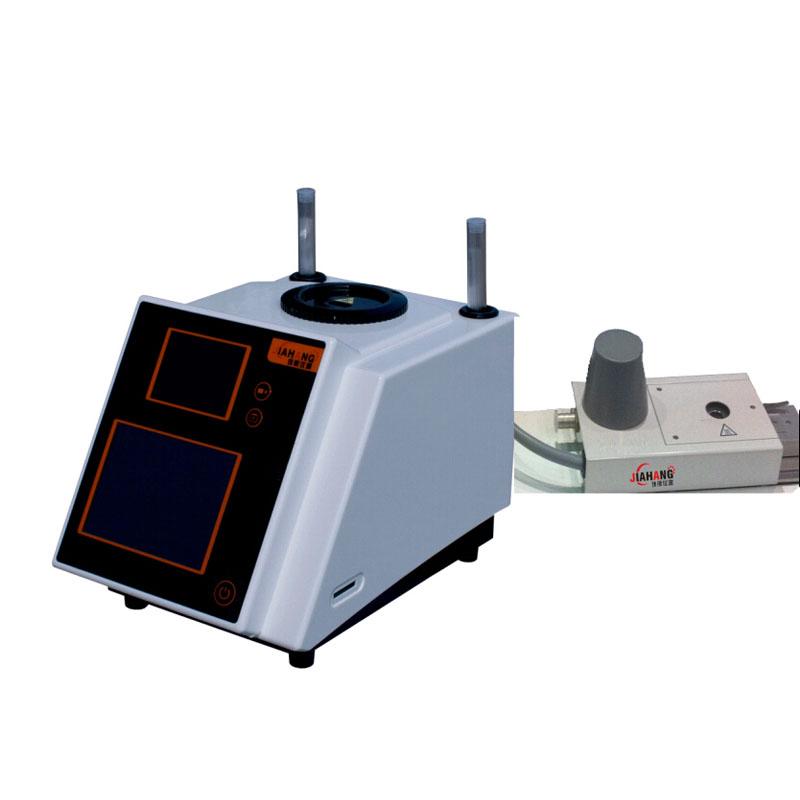Melting point determination and its importance in material analysis
The melting point measurement is an important experimental method, which is especially suitable for the characteristic analysis of polymers, organic crystals or amorphous substances. This method is used to determine the purity and composition of a substance by observing the temperature of the change of state under a microscope. In this paper, the principle and method of melting point determination and its application in material analysis will be introduced in detail.
Principle of melting point determination
The melting point and melting range are determined by observing the change of phase state of the object under a microscope with a micromelting point tester. This method is able to observe changes in the state of matter as the temperature changes, and thus accurately determine its melting point.
Instruments and materials
The melting point determination requires the use of accurate balances, beakers, mortar and microscopic melting point gauges. The instrument includes a binocular variable magnification stereo microscope, a heating plate, a temperature regulator, a temperature measuring device and a sample heating and insulation platform.
Melting point determination and its importance in material analysis

Determination method
1, take the sample and grind into a fine powder, take a small amount (less than 0.1 mg) evenly distributed on the test glass.
2. Cover another glass sheet, place the sample on a heated and insulated platform, and adjust the microscope to ensure clear image of the sample.
3. Heat the sample and observe the displayed test temperature. When approaching the melting point of the substance under test by 15°C, the heating rate is reduced to about 1°C/min.
4, Observe the change of the sample, determine the transition point of the solid and liquid phase or the mutation point between the glassy state and the high elastic state, the temperature is the melting point.
Melting point determination and its importance in material analysis
Result representation and reference standard
Three parallel measurements of the sample were carried out, and the arithmetic mean value was taken as the melting point measurement result, and the result was reported to one decimal place. Reference standards such as “Determination of the Melting Point of Chemical Reagents” (CNS 1508-82) provide the corresponding determination specifications and guidance.
Application and significance
Melting point determination can be used not only to determine the purity of a compound, but also to help identify the composition of a polymer. This method is widely used in the fields of materials science and chemistry and is of great significance for evaluating the properties and quality of materials. Accurate measurement of melting point can provide reliable data support for scientific research, material development and quality control. As a basic and effective analytical method, melting point measurement plays a key role in material research and quality control. Through the accurate determination of the melting point of substances, we can better understand and evaluate the properties of materials, and provide an important reference for the research and practice in related fields.
